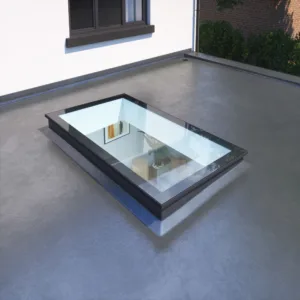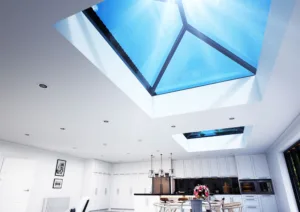Roof Lanterns are made to flood your living space with natural light, and are a great way to immerse your home in the outside world as well as being an architectural statement, they have a real wow factor when you walk into the room.
This article will explain the important aspects to consider, from planning permissions, to cost and the installation process.
Our Korniche Roof Lanterns are not just another conservatory system, but a standalone, dedicated product. If you’re looking for a traditional stylish look, with practical modern technology, these glazed structures are here to help. Roof Lanterns create an ambience that enhances your décor while improving your wellbeing.
Used on flat roofs, they are a modern take on the classic Victorian-era lantern roofs, that work well in both larger open place spaces and smaller more compact spaces. They extend the spaces natural light from your windows and doors and help keep you room feeling light and airy.
Here at Korniche we work to bespoke sizes and colours so we can suit every style of home. Here’s all the information you will need in order to find the right roof lantern for you home.
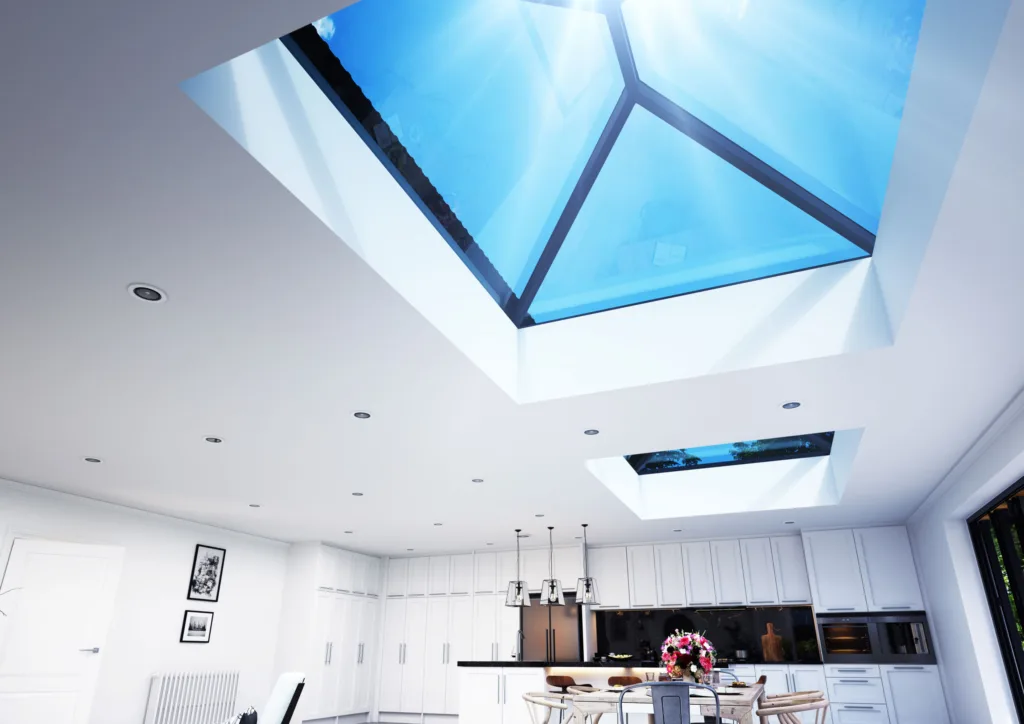
What are Roof Lanterns?
Roof lanterns are essentially rooflights that protrude above the roofline. They’re often rectangular and pyramid shaped and are designed to flood the space below with natural light. Unlike traditional flat rooflights which are flat with the roof, roof lanterns create a more dramatic and eye-catching architectural feature.
Rooflights and Roof Lanterns
Rooflights and Roof Lanterns are both used to introduce natural light into a room, but they have distinct characteristics. Rooflights are typically flat and flush with the roof surface, resembling a rectangular or square opening. They are more discreet and less noticeable from the exterior.
Roof Lanterns have a more pronounced, often a pyramid-shaped structure that extends above the roofline. The elevation of the Roof Lantern makes the space feel bigger. They are a more striking and visually impactful feature, often serving as an architectural focal point. Roof lanterns are primarily designed for flat roofs. Besides natural light, they can create a sense of spaciousness.
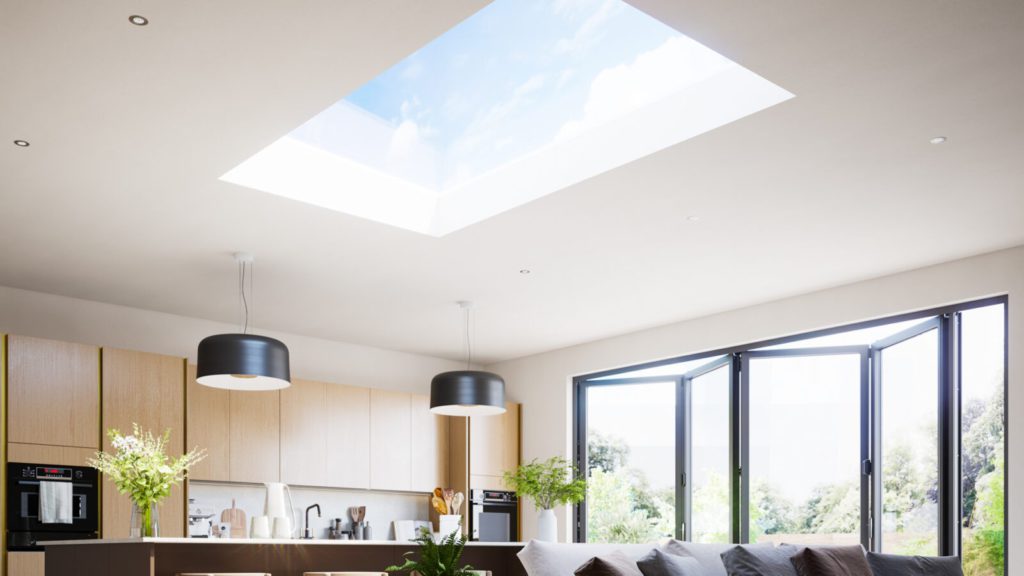
How Much Do Roof Lanterns Cost?
The cost of a roof lantern can vary significantly depending on several factors, including:
- Size and Configuration: Larger lanterns with more glass will generally be more expensive.
- Glass Type: High-performance glass options, such as laminated coatings. Self-cleaning coatings come as standard with no price differenc.
- Custom Features: Bespoke features like unique trim colours and finishes will add to the price.
- Installation Complexity: Factors such accessibility and the need for additional structural support can influence installation costs.
As a general guideline, a small, basic aluminium roof lantern with standard double glazing can start under £900. However, larger, more elaborate lanterns can easily exceed £3,500 or more.
Note: These prices are estimates and may vary depending on specific project requirements and regional market conditions. It’s always recommended to obtain quotes from multiple suppliers to compare pricing and services.
Additional Considerations
- Flat Glass Rooflights: While these are less expensive due to their simpler design, installation costs may be higher if a crane is required, as some other brands are constructed off site and are delivered all in once piece, while Korniche products are delivered and built for fast on site installations.
- Roof Lantern Installation: The modular design of roof lanterns allows for easy installation without the need for heavy machinery, potentially saving on labour costs.
For the most accurate pricing, consult with a professional roof lantern supplier or installer. They can provide a detailed quote based on your specific project needs and offer expert advice on the best options for your home or business.
Do I need Planning Permission for a Roof Lanterns?
Whether or not your Roof Lantern requires planning permission depends on several factors. If you’re adding a roof lantern to an existing flat roof, it will likely need planning permission as it will increase the overall height of the building. However, if you’re installing the Roof Lantern as part of a new construction project or a building extension, planning permission may not be necessary.
It’s essential to consult with your local planning authority to determine the exact requirements for your project. They can provide guidance on whether planning permission is needed and any specific conditions or restrictions that may apply.
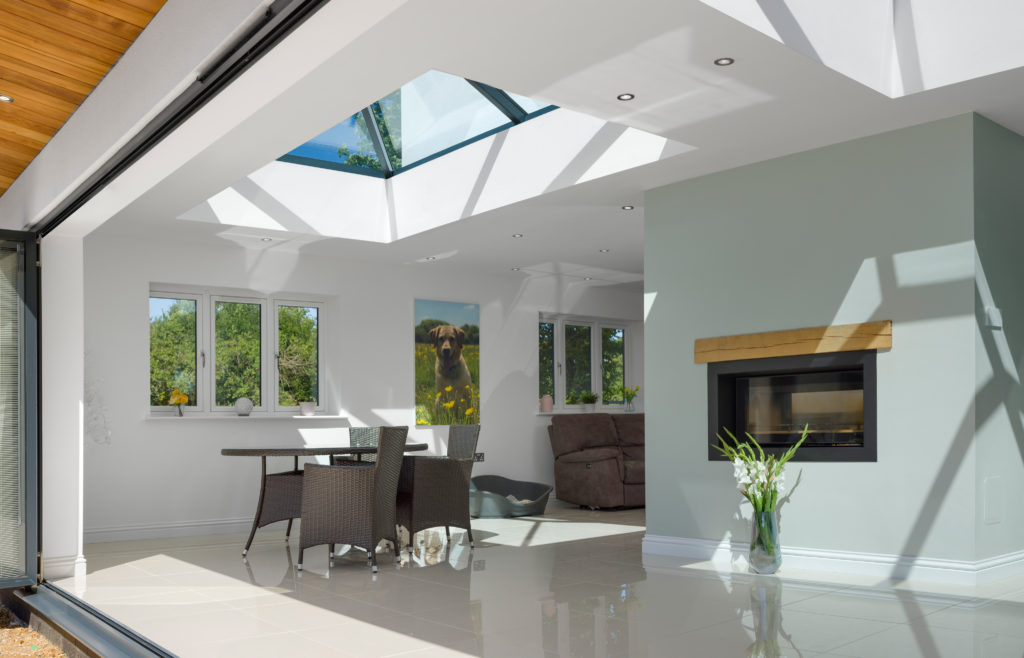
Roof Lanterns: Navigating the Regulations
When installing a Roof Lanterns, it’s crucial to adhere to building regulations to ensure safety, energy efficiency, and structural integrity. If your Roof Lantern is part of a new extension or building project, these regulations should be addressed as part of the overall construction process.
For existing roofs, ensure the roof opening is structurally sound, as the roof joists may need to be rearranged to accommodate the lantern. Obtain approval from your local building control authority, who will inspect the installation to verify compliance with regulations. Additionally, the roof lantern and its opening must meet current thermal efficiency standards, typically requiring at least double glazing. Please consult a Structural Engineer.
By following these guidelines, you can ensure that your roof lantern installation meets all necessary building regulations and provides a safe, energy-efficient, and visually appealing addition to your home.
Planning for a Roof Lantern
When installing a roof lantern in a new roof, the roofing contractor will typically create the opening during the construction process. They’ll also construct the upstand, a structure that surrounds the opening and supports the lantern.
While the roofing team will plan ahead to ensure the upstand is the correct size and position, it’s always a good idea to double-check measurements before ordering your Roof Lantern. Small discrepancies can make a big difference. That’s why we offer Korniche Roof Lanterns in bespoke sizes, guaranteeing a perfect fit for your home.
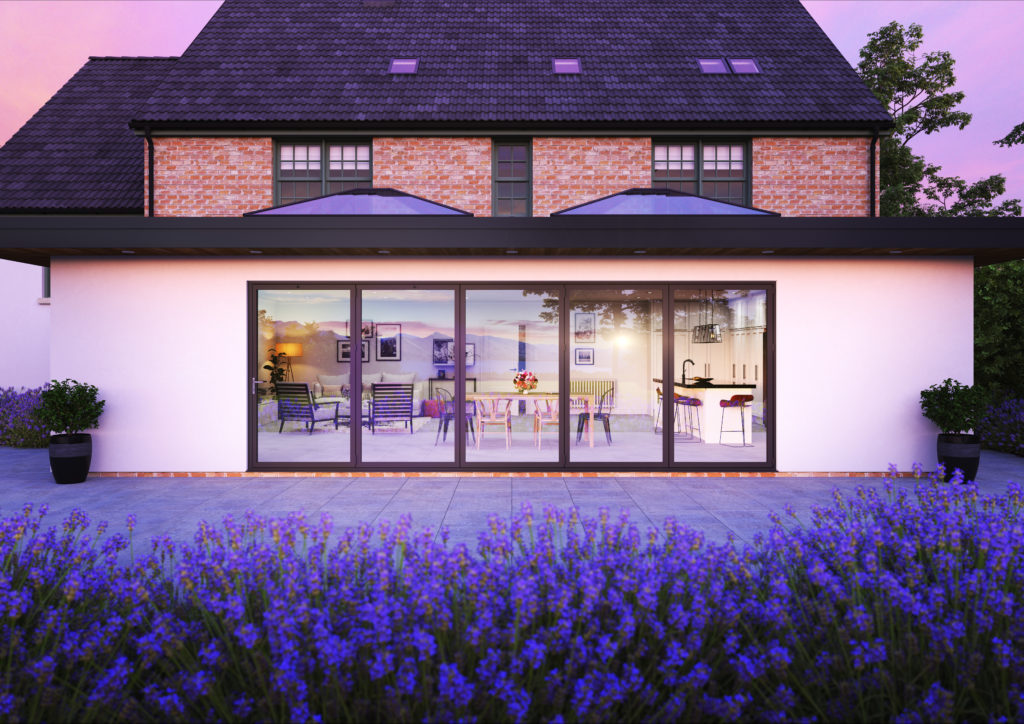
Choosing the Perfect Location for Your Roof Lantern
When deciding where to place your Roof Lantern, several factors should be considered. Sunlight exposure, room size, and existing features are all important factors to take into account. Some people prefer to have two or three smaller roof lanterns across the room rather than a single large one. This can create a more balanced and diffused light distribution, as well as a unique aesthetic. If you’re using 2 lanterns, you can leave a space for an artificial light in the centre of the room between your lanterns.
Consult with an architect to determine the best placement for your specific needs and preferences. Consider the view, ease of maintenance, which direction your home faces, and your desired level of natural light when making your decision.
Maintaining Roof Lanterns
Keeping your Roof Lantern clean is essential for maintaining it. Inside, it will require occasional dusting, similar to your other windows. Outside, a gentle wash with a mild detergent and soft cloth can help keep it sparkling. If you’re uncomfortable reaching high places, consider asking a window cleaner to include your roof lantern in their service.
At Korniche, we offer self-cleaning glass as a standard feature. This special coating is activated by UV rays, breaking down organic matter and allowing rainwater to wash it the dirt away.
Why Choose Korniche Roof Lanterns?
Our Aluminium Roof Lanterns are renowned for their advanced design, exceptional quality, and commitment to customer satisfaction. They are crafted with a wealth of unique features to improve heat retention, security, functionality and aesthetic appeal, so you can enjoy your living space flooded with natural light, creating a welcoming and inviting atmosphere. With a focus on bespoke sizes and colours, we offer a wide range of options to suit any home style.

